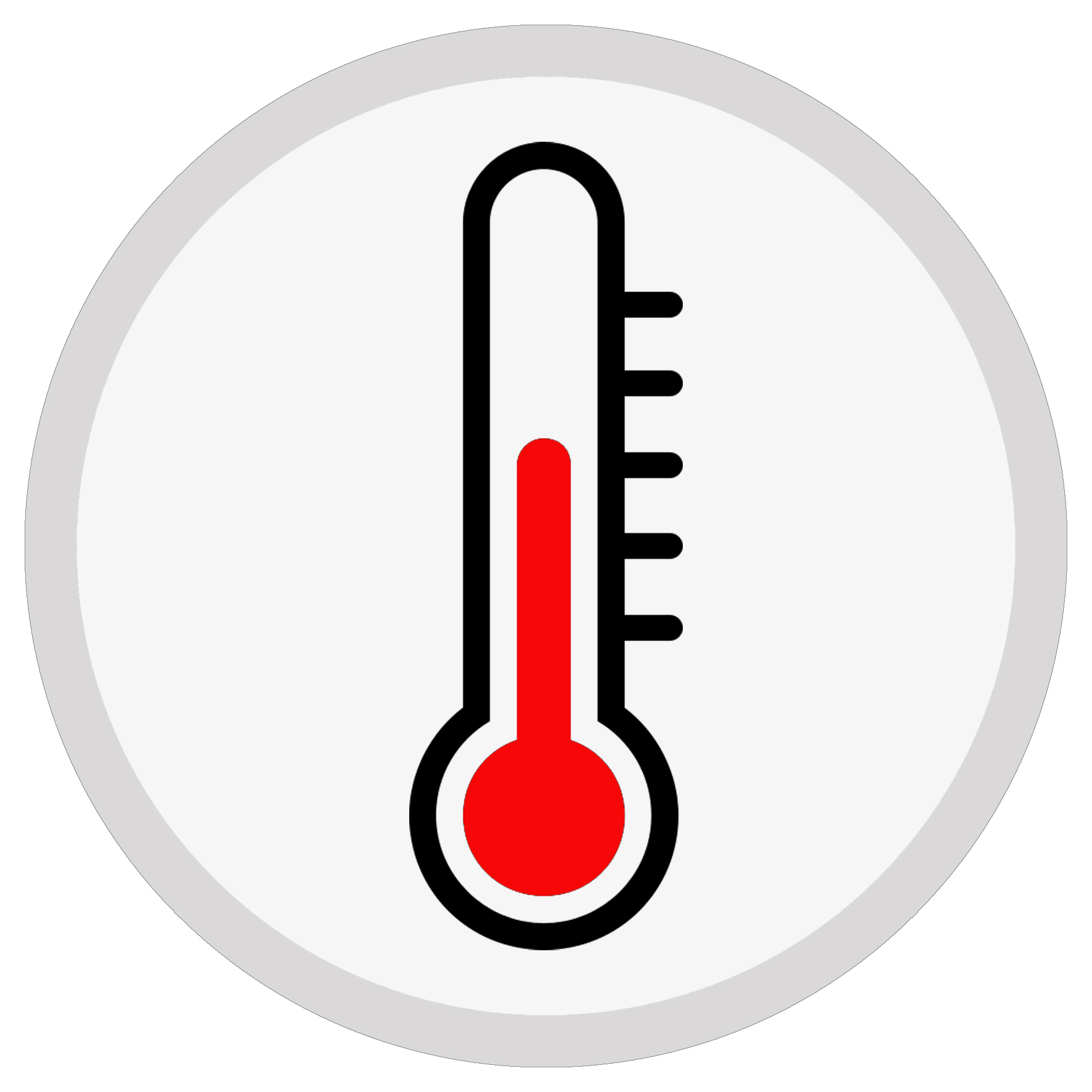Blogs
Climate change results in heating of the atmosphere this causes the life span, population and the growth of certain insects which may lead to certain diseases.Some vector borne diseases are increasing due to the climate change that is occurring in our world. What are vector borne diseases?Vector-borne  diseases are illnesses caused by pathogens and parasites in human populations. The three vector borne diseases that thrive due to climate change are malaria ,dengue fever and cholera.
diseases are illnesses caused by pathogens and parasites in human populations. The three vector borne diseases that thrive due to climate change are malaria ,dengue fever and cholera.
- Malaria :a serious disease that causes chills and fever and that is passed from one person to another by the bite of mosquitoes.

- Dengue Fever:Dengue fever is a mosquito-borne disease that occurs in tropical and subtropical areas of the world.

- Cholera is a bacterial disease usually spread through contaminated water.

These diseases thrive by mosquitoes or houseflies. As temperature , rainfall and humidity increases mosquitoes and houseflies increases too.
- Temperature affects how long mosquitoes live, how quickly they mature to adulthood, how often they bite, and ultimately how many mosquitoes are around. It also affects how quickly the malaria parasite inside of a mosquito becomes mature enough to infect humans.

- Rainfall creates pools of water which are essential to mosquito breeding as mosquito eggs must be laid in water and mosquito larva mature in water. In places where the burden of malaria is the greatest, the rainy season is also known as the malaria season.
- Humidity, which is related to rainfall, increases the lifespan of mosquitoes, giving them more opportunities to carry malaria infections from one person to another.

SOLUTION•: to tax factories and citizens to make them aware of the crises and to get them to be more involved to create bigger solutions.